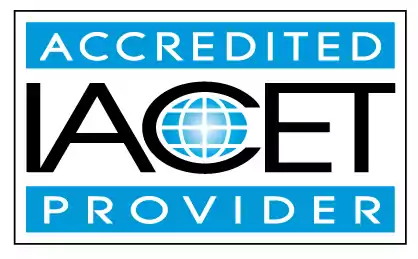Identify the importance of being sensitive to those who decide not to nurse and of welcoming environment that encourages mothers to breastfeed
Discover the importance of being sensitive to those who choose not to nurse and the significance of a welcoming environment that promotes breastfeeding. Explore examples of how child care centers and early childhood education institutions can create a supportive atmosphere that encourages mothers to breastfeed.Trainings incorporating this outcome
Age group
Proficiency Level
120 hours courses
Related Outcomes
- Identify examples of a welcoming environment that encourages mothers to breastfeed.
- Identify the importance of being sensitive to those who decide not to nurse
- Identify appropriate practices for identify and demonstrate an children: Identify importance of individual planning
- Identify the importance of encouragement and appreciation.
- Identify appropriate practices for identify and demonstrate an children: Identify examples of appropriate activities for different ages
- Identify the importance of maintaining cultural sensitivity while working with families during home visiting.
- Recognize the importance of demonstrating respect for all diversity and providing activities that reflect a welcoming environment for all children, youth and families, regardless of culture, language, or religion, or strengths, talents, and abilities.
- Identify the importance of professional development for child care professionals and strategies to make meaningful choices.
- Identify the importance of problem-solving and conflict-resolution strategies with colleagues and administrators.
- Identify common mental health disorders in children and the importance of early intervention.
- Identify factors that may influence learning for a child in the preschool environment.
- Identify common interaction strategies to help promote a positive classroom environment for young children.
- Identify procedures that will promote a safe environment (indoor and outdoor)
- Identify communication issues that are common in the early care and education environment
- Identify the importance of child nutrition and nutrition training for staff in childcare.
- Describe the importance of responding sensitively to differences in individual communication styles.
- Describe the importance of monitoring the family child care environment for potential risks.
- Identify the components of a safe and healthy family childcare environment for children
- Identify the requirements of an appropriate environment that will promote free exploration and manipulation.
- Identify family childcare learning environments and discuss the pros and cons of each room and display
Related Articles
- Understanding the Importance of Child Abuse and Neglect Training
- Identifying Developmental Milestones in Children
- The Importance of Health and Safety Training
- Essential Training for Preschool Teachers: Building a Safe and Nurturing Learning Environment
- Important Updates for EIP Scholarship Applicants: 2024-2025
- Creating "A Better Space for All": Enhancing Your Classroom Environment
- How to Encourage Creativity in Early Childhood Education
- Encouraging better nutrition for growing kids during the colder months
- The Importance of Outdoor Play in Early Childhood Education
- Creating Safe and Nurturing Environments in Child Care Settings
- Trauma-Sensitive Care: Supporting Young Children with Empathy
- Dashing Through Development: Holiday Games to Encourage Gross Motor Skills
- The Importance of Trauma-Informed Care in Early Childhood Education
- Creating a Safe Environment for Children in Childcare Centers
- Why Finger Paint and Sand Tables Are Just as Important as Phonics: The Science Behind Messy Play
- The Critical Importance of Early Childhood Education
- The Importance of Emergency and Disaster Preparedness Plans for Child Care Providers
- The Importance of SIDS Training for Child Care Providers
- Creating the Montessori Prepared Environment: A Cornerstone of Learning
- Special Needs Daycare: How to Create an Inclusive Environment
 12 CEUs
12 CEUs